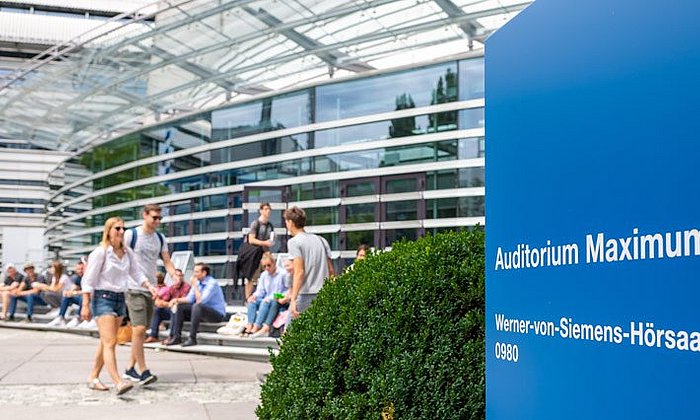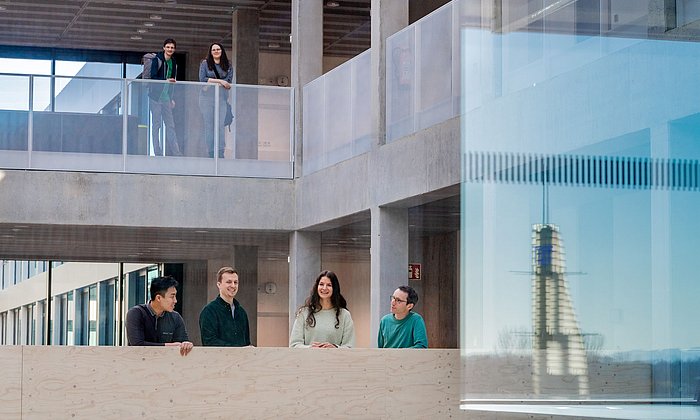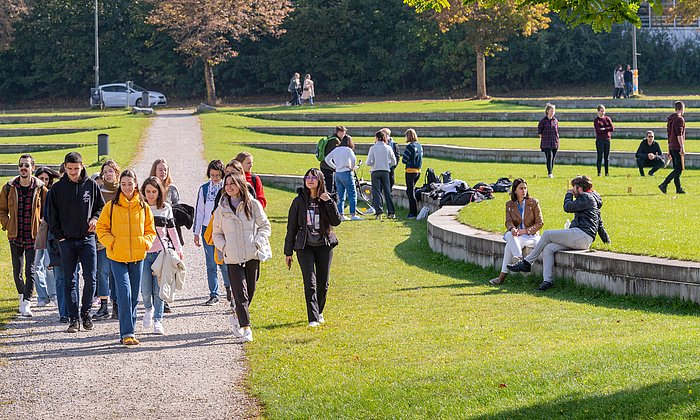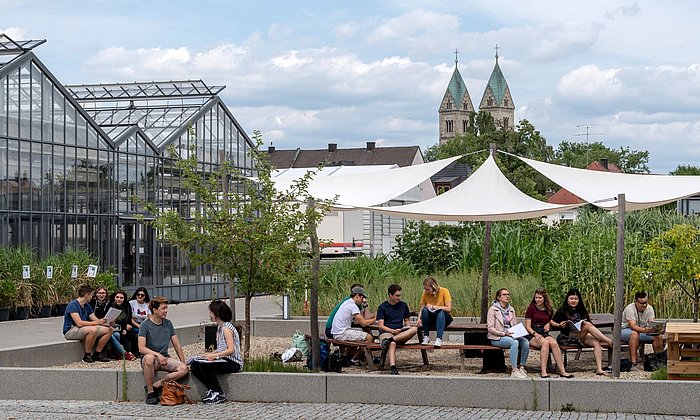Campus Locations
Globally networked, rooted in Bavaria: From our headquarters in the innovation metropolis of Munich to regional facilities in Bavaria and Germany. TUM also has branch facilities on several continents – and a campus of its own in Singapore.
Globally connected
International Liaison Offices
International liaison offices represent TUM in strategically important centers in Europe, Asia, North and South America. They act as a central onsite interface for key actors from research, education, industry and society.
Further facilities and institutions
- Department of Aerospace and Geodesy – Ottobrunn
- Geriatronics Research Center – Garmisch-Partenkirchen
- Geodetic Observatory – Wettzell (German)
- Limnological Research Station – Iffeldorf
- Student Research Center Berchtesgadener Land (German)
- TUM Study & Science Center Raitenhaslach
- TUM Research Station Friedrich N. Schwarz – Berchtesgaden
- Environmental Research Station Schneefernerhaus – Zugspitze
- Hydraulic Engineering and Water Resources Engineering Institute (Oskar-von-Miller Institute) – Obernach (German)
Plan your journey
Directions to the campuses and facilities: Adresses, maps and more





